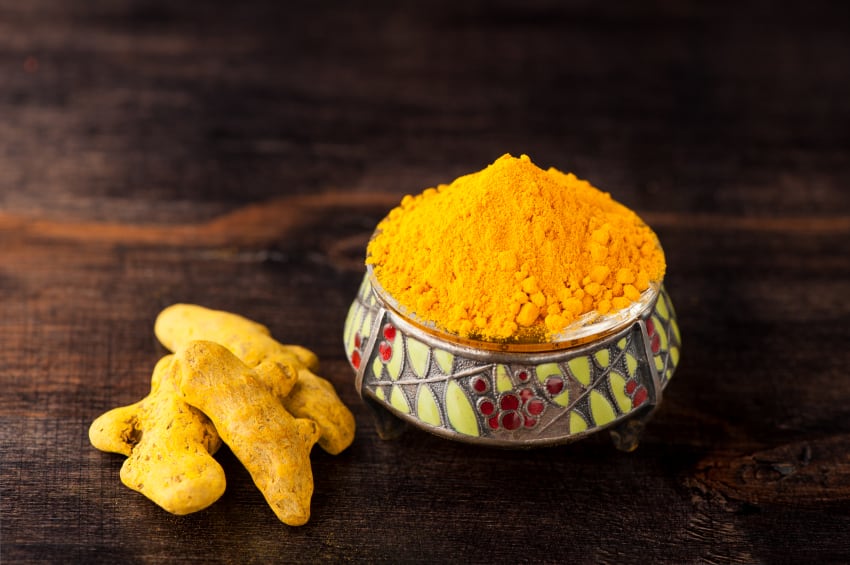It has long been a conundrum that most polyphenols, which can be found in most fruits, including grapes and berries, in root crops like turmeric and in many other plant sources rich in tannic compounds, are known to be poorly absorbed. Yet they can be shown to exert measurable health effects even so.
Looking for actions in the gut first
With the ever evolving understanding of the role of the gut microbiome, part of the answer could lie in what these compounds are doing in the gut, and what metabolites they give rise to there. So the old saw about an ‘apple a day’ might have as much to do with the phenolics in the apple’s skin as it does with the fruit’s fiber or vitamin and mineral content.
“I think there is a lot of buzz around the microbiome and just plain gut health,” consultant Tim Avila told NutraIngredients-USA. “Interest in phenolics in this category has been building over the past couple of years, and has really gained some steam in the past 18 months.”
Phenolic markers of gut health
An example of the trend is a study released on Thursday in the Journal of Agricultural and Food Chemistry. Spanish researchers analyzed stool samples from 71 elderly volunteers. They found that certain chemicals associated with the ingestion of polyphenol-rich foods could potentially be used as markers of overall gut health.
“Phenylacetic and phenylpropionic acids were the main phenolic metabolites present in feces. From them, phenylacetic acid was related with a more pro-oxidant and immune stimulated status, and both were negatively associated with fecal propionate, whereas phenylpropionic acid was directly related with the fecal concentration of acetate. Moreover, phenylacetic acid was negatively associated with the Bacteroides group and Clostridium cluster XIVa and positively with Lactobacillus,” they wrote.
“These results provide a rationale to explore the potential of fecal microbial phenolic-derived metabolites as possible biomarkers of health status in future studies focused on the elderly population,” they concluded.
The release of a recent study by Sabinsa Corp. is another example of the trend, said Avila, who is a principal in the consultancy Systems Bioscience. In that pilot study, the company found that the curcuminoids found in turmeric, when administered with the bioavailability enhancer piperine, were able to module the composition of the subjects’ gut microbiome.
The authors hesitated to use the term ‘prebiotic’ for the combination, because they lacked evidence that the microbes fed on the polyphenolic molecules directly. But the administration of the combo nevertheless showed positive shifts the composition of the gut microflora, they said.
“When you see a market leader like Sabinsa taking this on, that makes a difference,” he said.
Message for consumers
The Spanish researchers noted that the intricate modes of action that give rise to these associations are still poorly understood. That complicates the fashioning of a cogent message for consumers, Avila said. After all, “Trust us, it’s good for you” is not very convincing. But he said he believes a consensus will emerge that could give rise to a category within a category.
“I think message will be around ‘microbiome modulation,’ ” Avila said. “I think that’s something that could be accessible to consumers.
“I can foresee that as a category in which you could say that this particular bioactive has been researched and is connected with improving the ecology of the gut,” he said.
Avila said that this subcategory could potentially be positioned as a stiletto in contrast to the battle-ax of big doses of fiber.
“These phenolic compounds could be shown to have very elegant effects in gut microbiome modulation. They could be effective at very small doses. I can imagine that this would not necessarily be good news for the carbohydrate guys,” Avila said.
Source: Journal of Agricultural and Food Chemistry
2018 Sep 28. doi: 10.1021/acs.jafc.8b04102. [Epub ahead of print]
Could Fecal Phenylacetic and Phenylpropionic Acids Be Used as Indicators of Health Status?
Authors: Gutiérrez-Diaz I, Fernández-Navarro T, Salazar N, et al.
Probiota Americas
NutraIngredients-USA will be hosting its Probiota Americas event in Vancouver, BC on June 24-26, 2019. This annual event for the prebiotic, probiotic and microbiota focused food and pharma industries brings together business leaders and academics in a one-of-a-kind event that focuses on how to translate the latest discoveries into pioneering products. CLICK HERE for more information and to sign up for early registration notification.




